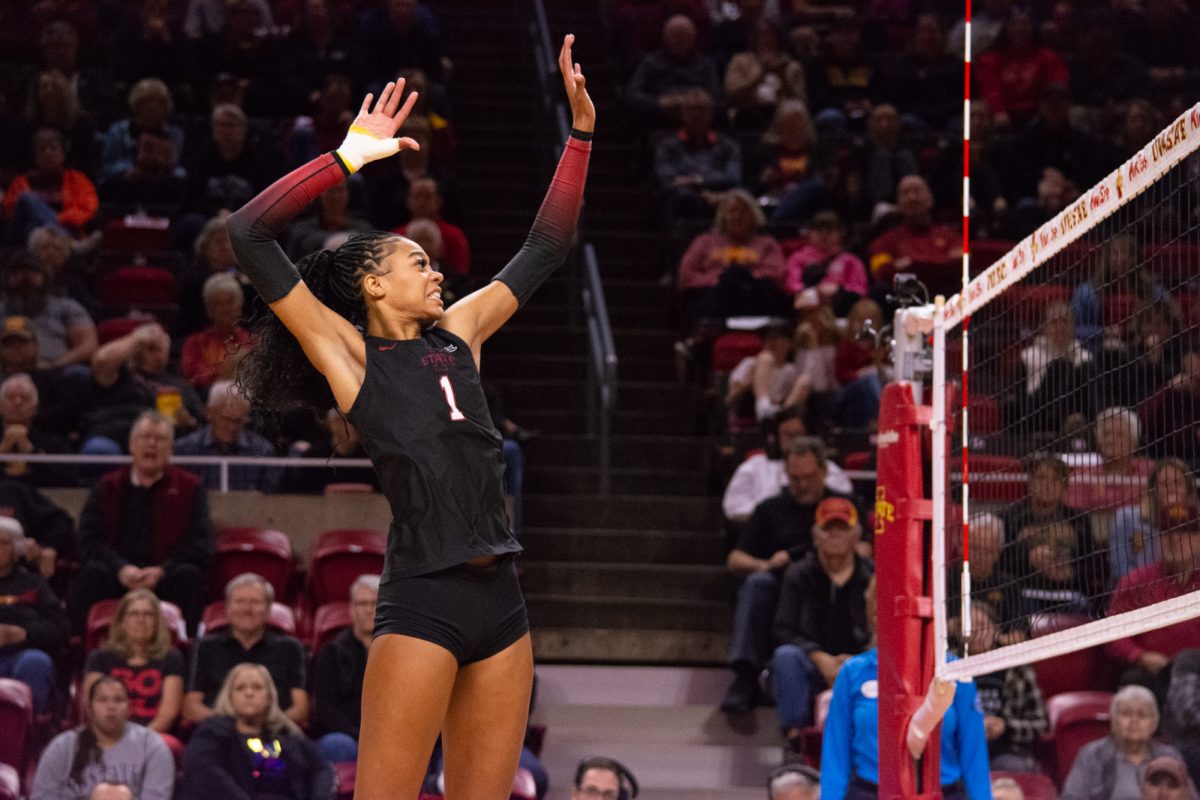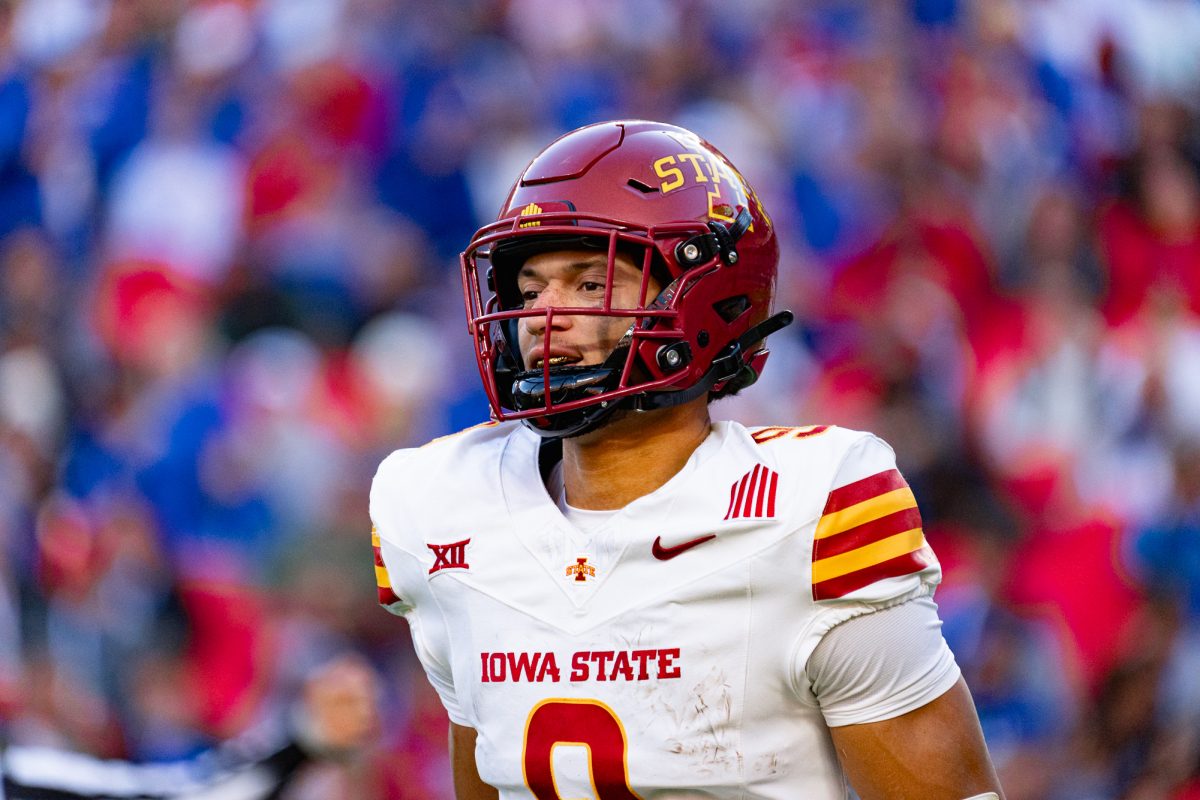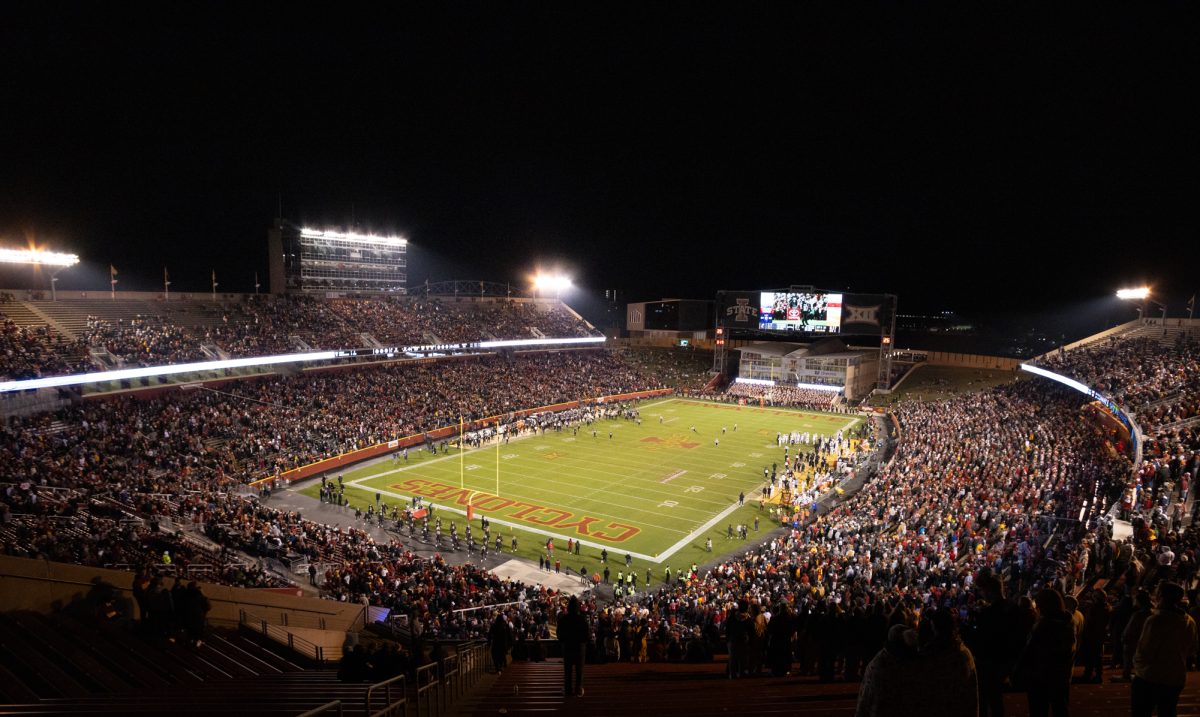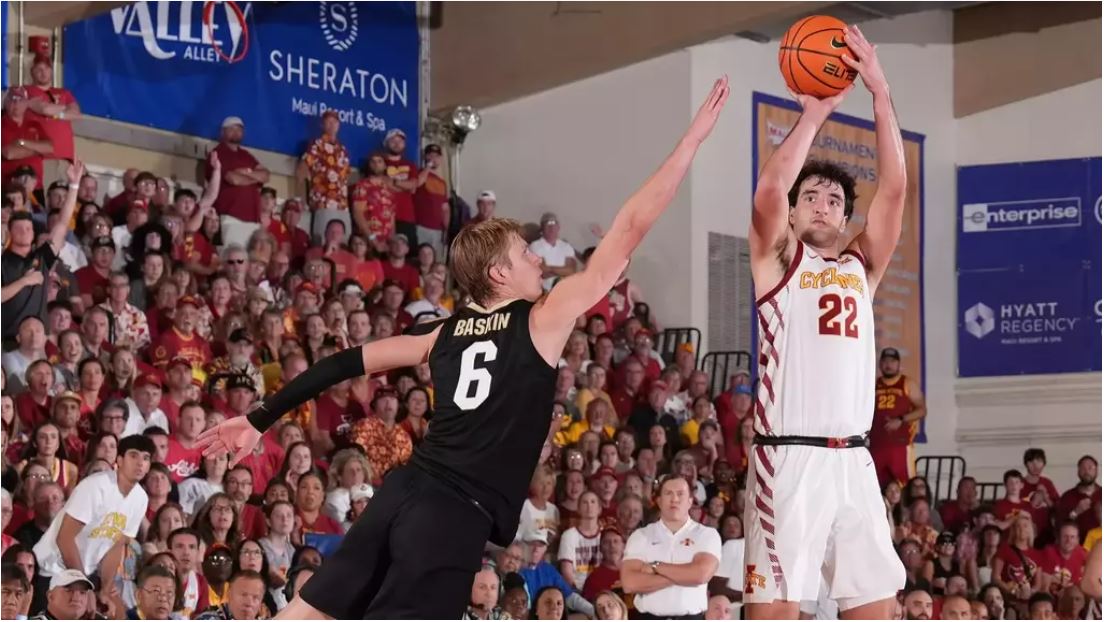LETTER: Get rid of reasons for riots, not Veishea
April 20, 2004
The idea of ending Veishea because of Saturday’s riot is ridiculous. While it may seem now like the celebration is “forever tainted,” an objective look at its history will show that it has been able to weather even worse events in the past.
According to the records of Veishea Inc.:
“Gradually what began as minor disturbances and altercations between Veishea celebrants and police escalated into a full riot in 1988. Thousands of students gathered in the south block of Welch Avenue chanting and screaming. A bonfire was started in the middle of the street that created a hole several feet deep in the asphalt. Police were unable to control the crowd and eventually called in basketball coach Johnny Orr and football coach Jim Walden in an effort of calm the crowd and convince them to disperse. The tactic worked and eventually the crowd dissipated, however they left behind the charred remnants of burnt furniture, beer cans and clothing.”
This did not lead to the end of the largest student-run celebration in the United States.
There was another riot in 1992, and still Veishea persevered. In 1994, riots on Franklin Avenue brought out the pepper spray, but we are still celebrating Veishea now. In 2000, there were two riots associated with Iowa State’s appearance in the NCAA tournament, and we have managed to maintain our basketball team. Well, sort of.
This riot may have had the most damage done to public and private property; figures for the other two are not readily available.
Even if this is true, one has to wonder what caused a more agitated response from students.
The most notable difference between Saturday and past riots is the reaction of the police. In 1988, they showed students some amount of respect. In 2004 they immediately resorted to violence.
I was at the riot. I got there around 2 a.m., when a crowd of 300 people were massed around Welch Avenue and Chamberlain Avenue. I saw a few guys throwing bottles at the police, which I thought was stupid. I felt no connection to them until the police retaliated by using pepper spray on two people sitting face down in the street, making peace signs with their arms extended. This action and the dozens just like it are what created the “us against them” mentality present throughout much of the riot.
Attempts by the police to communicate with students were intermittent and half-hearted. After setting up a van with a barely audible loudspeaker telling students to go home, police immediately tear-gassed and rushed the crowd. Students were given no warnings about the illegality of their actions or the steps the police were willing to take to disperse the crowd. 1988 proved students are actually human beings with whom communication is possible, but the police treated us like livestock.
A few students did descend to that level, but it is difficult to tell whether that was before or after the police started pepper-spraying their friends.
The blame for this event rests on many shoulders. Students clearly started the riot. Police may have provoked it and definitely escalated it. Whoever was in charge of forcing the bars out certainly played a part. Ultimately though, this event had little to do with Veishea itself.
President Geoffroy spoke Sunday about assessing the future of Veishea in light of the previous night’s events. This may be necessary, but a more pressing need is to assess the events themselves to determine why they occurred and how they can be prevented in the future. An internal investigation of the Ames city police is a good start. Beyond that, we need a public dialogue so everyone knows his or her voice is being heard.
I call on the Dean of Students’ office and the City of Ames to establish, before finals week, some sort of representative committee to determine how to keep riots like this from happening again. In the mean time, if you have a complaint, contact the Ames police at 239-5130 and the Dean of Students’ office at 294-1020.
Drew Miller
Senior
Computer Science





